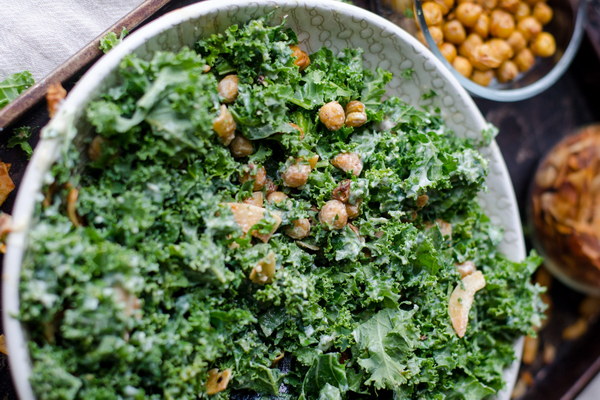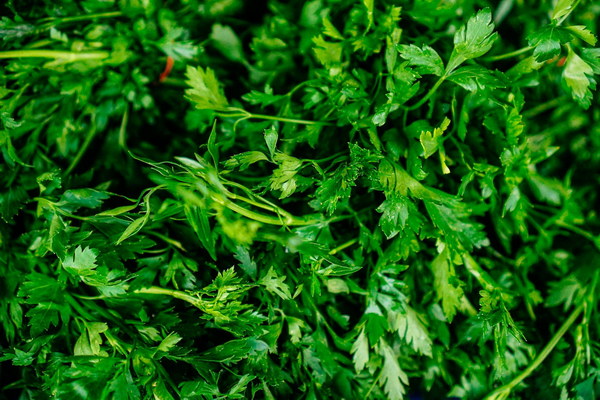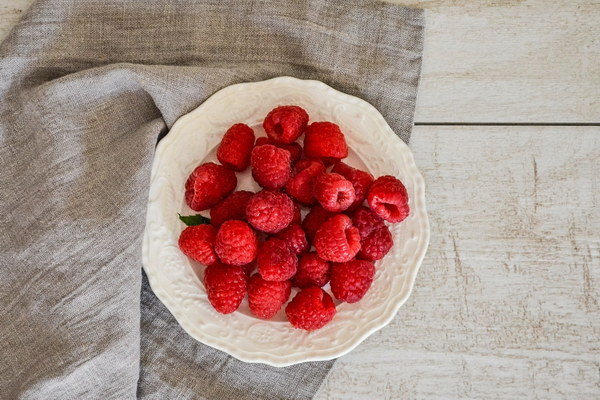Nurturing the Qi A Comprehensive Guide to Traditional Chinese Health and Wellness
In the realm of holistic health, Traditional Chinese Medicine (TCM) has stood the test of time, offering a profound understanding of the human body and its delicate balance with the natural world. This article delves into the essence of TCM, exploring key principles and practices that can be integrated into daily life to promote overall well-being and longevity.
Understanding Qi: The Vital Force
At the heart of TCM lies the concept of Qi, often translated as vital energy. Qi is believed to be the fundamental life force that flows through the body, animating the mind and maintaining physical health. The balance and flow of Qi are considered crucial for good health, and any disruption can lead to illness.
Harmony with Nature
One of the foundational principles of TCM is the concept of Yin and Yang, the complementary forces that must be in balance for health. TCM teaches that the body must be in harmony with the changing seasons and elements to maintain health. This means adjusting diet, lifestyle, and activities to align with the natural cycles.
Balancing the Five Elements
The Five Elements—wood, fire, earth, metal, and water—represent the basic substances that make up the world and the body. Each element corresponds to different organs and tissues, and maintaining balance among them is vital. For example, a healthy liver is associated with the wood element and is linked to vision, emotions, and the flow of Qi.

Dietary Practices
TCM emphasizes the importance of a balanced diet that supports the body's Yin and Yang and the Five Elements. Foods are categorized by their properties, such as cold, hot, and neutral, and their effects on the body. For instance, cold foods are believed to cool the body and are recommended for those with a hot constitution, while warm foods are ideal for those with a cold constitution.
Herbal Medicine
Herbal medicine is a cornerstone of TCM, with thousands of herbs used to treat various conditions. Herbs are chosen based on their properties and how they interact with the patient's specific constitution. A TCM practitioner will often create personalized formulas to address the unique needs of each individual.
Acupuncture and Moxibustion
Acupuncture, the insertion of fine needles into specific points on the body, is a key therapeutic technique in TCM. It is believed to stimulate the flow of Qi and restore balance. Moxibustion, the burning of moxa (a substance made from dried mugwort) near the skin's surface, is another method used to warm and invigorate the Qi.
Lifestyle and Mindfulness
Lifestyle plays a significant role in TCM wellness. Practices such as tai chi, qigong, and yoga are encouraged for their ability to cultivate and balance Qi. These exercises also promote mindfulness, helping individuals to connect with their bodies and the world around them.
Seasonal Adjustments
Each season calls for specific adjustments to diet and lifestyle to maintain health. For example, in spring, it's important to support the liver and gallbladder, while in winter, it's best to focus on the kidneys and urinary bladder.
Conclusion
Traditional Chinese Medicine offers a wealth of knowledge and practices that can be incorporated into modern life to promote health and wellness. By understanding the principles of Qi, Yin and Yang, the Five Elements, and the importance of harmony with nature, individuals can take proactive steps toward a balanced and fulfilling life. Whether through dietary changes, herbal remedies, or mindful movement, TCM provides a holistic approach to wellness that respects the body's innate wisdom and the interconnectedness of all things.









